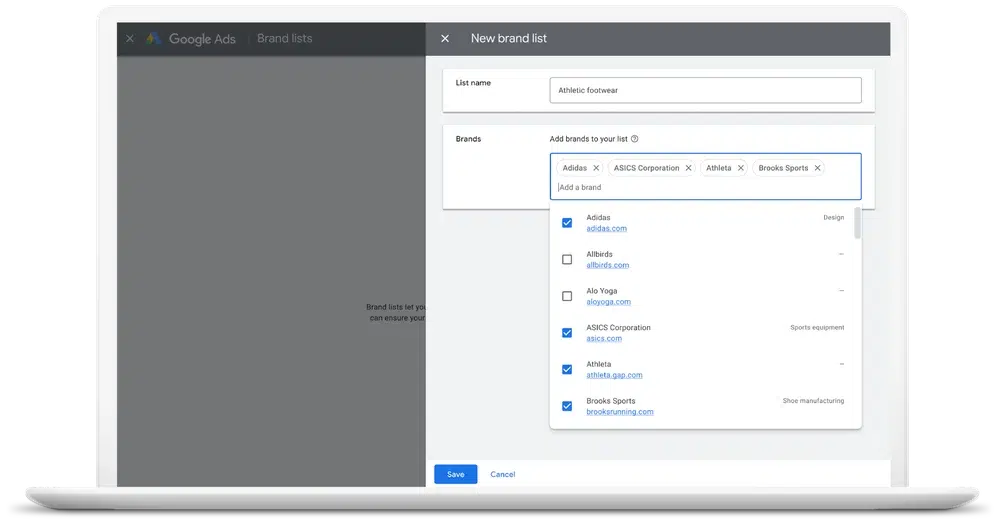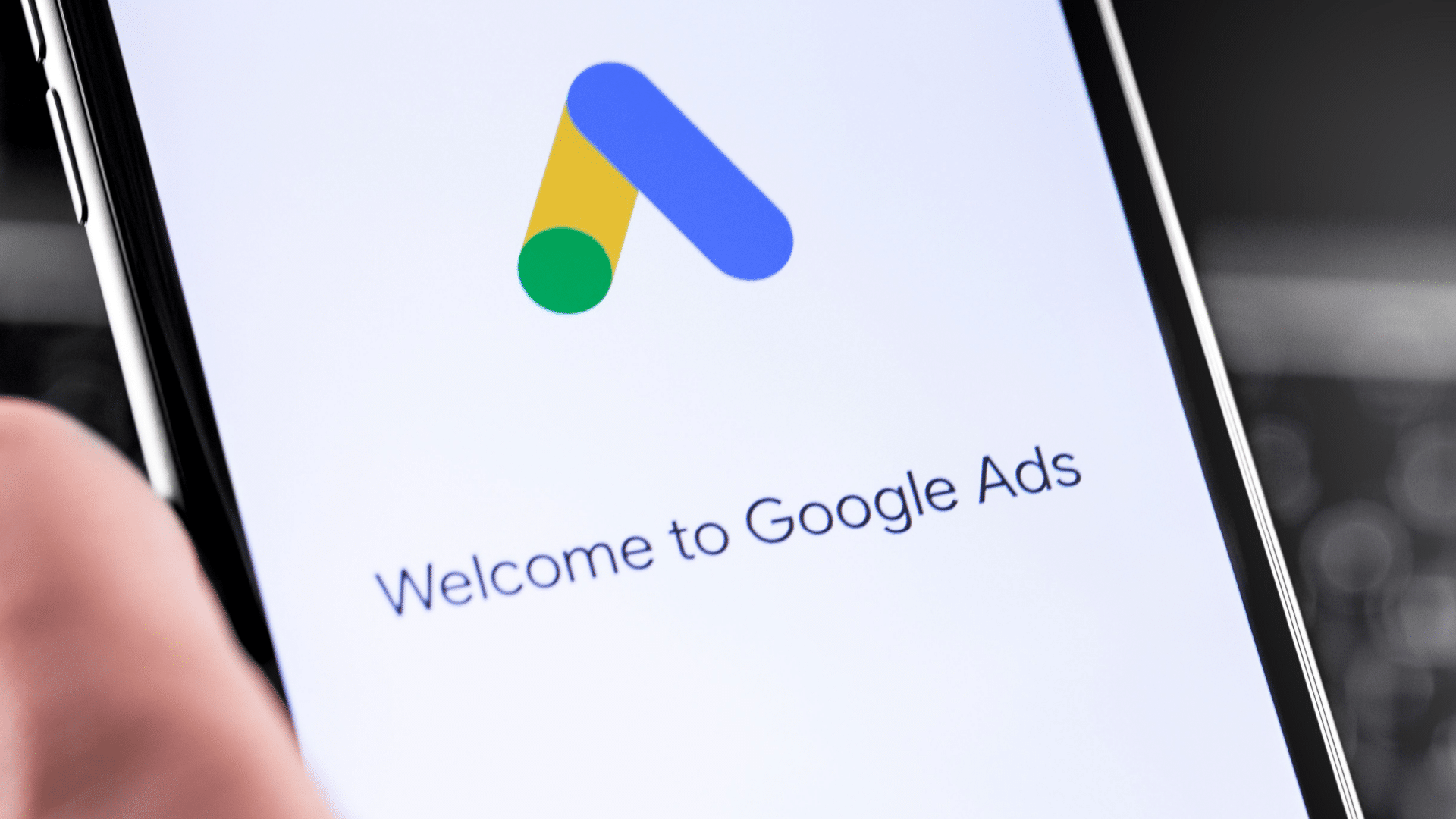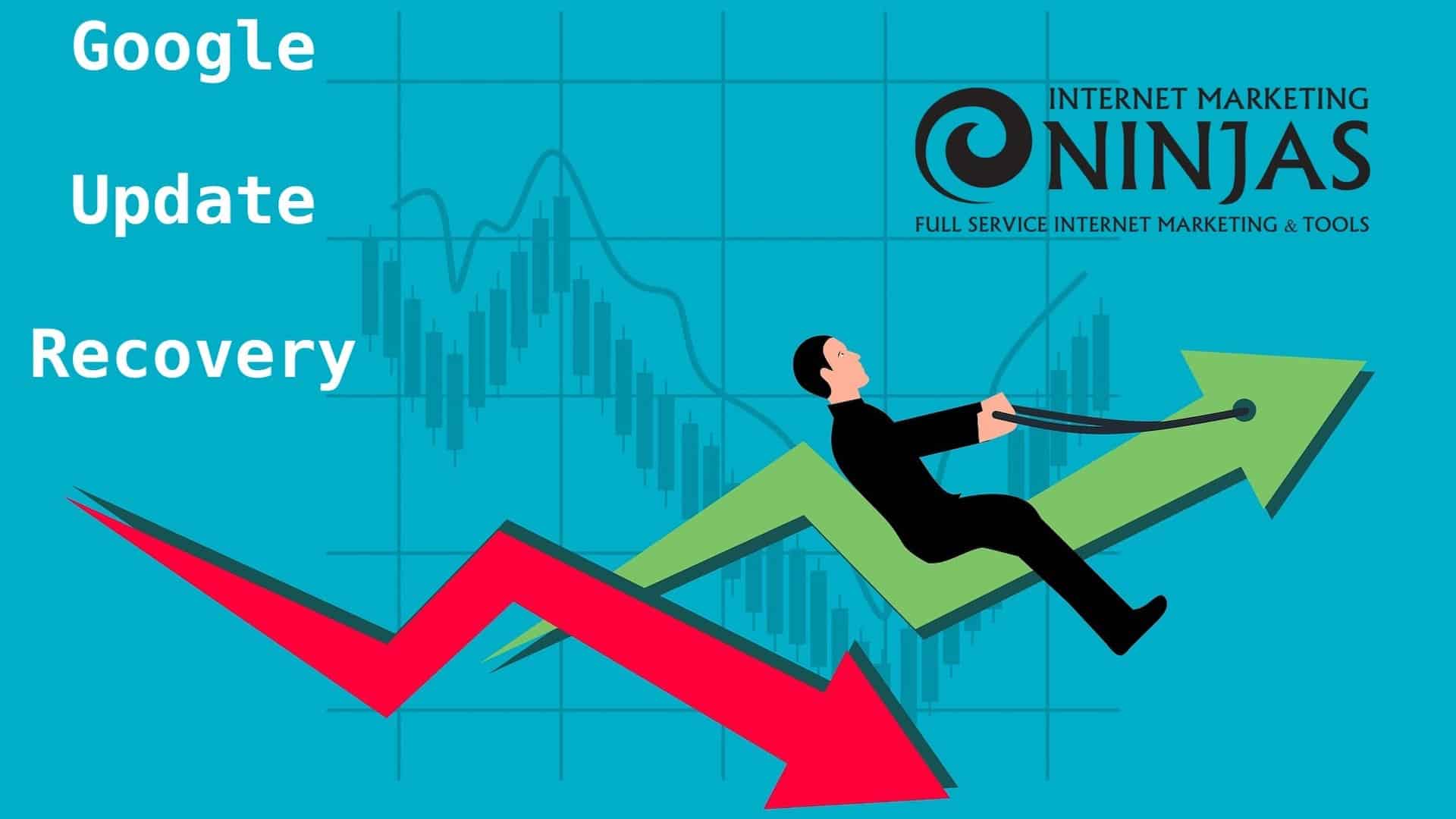Sometimes, the disconnect between Google Ads and the primary user base is so strong that you can almost feel it.
A perfect example is how advertisers have constantly asked for the option to exclude branded traffic from Performance Max campaigns. Google remained non-committal for over a year, except to suggest account-level negative keywords (not the same thing at all).
Until the announcement of campaign-level brand exclusions earlier this year, you couldn’t go a single day without someone sharing a real example where excluding branded queries would have allowed them to maintain a certain degree of performance. This evidence is what made Google’s silence feel truly deafening.
While I don’t doubt that many of my peers wanted this ability for the right reasons, it’s not fair to assume that our little corner of Twitter – where many of us have been doing Google Ads for well over a decade – is an accurate reflection of the PPC industry as a whole.
I fully support PPC marketers having control over critical decisions. Still, I also encourage each of us to make decisions in the best interest of our accounts, not because everyone else is doing it a certain way or because you’ve always done it that way.
In some situations, brand exclusion makes sense. Yet, in others, it might not be the right move. Below, I’ll share how I’m making these decisions for the accounts I manage, which might be helpful if you’re facing similar concerns.
The case for excluding branded queries from Performance Max
Advertisers who want to exclude branded queries from specific Performance Max campaigns typically want to do so for one of two reasons:
- Inflated cost per click for branded terms.
- Google’s inability to differentiate between branded and generic conversions.
When using bid strategies such as Target CPA/ROAS or even Maximize conversions, Google’s system will try to find additional search volume after capturing all available brand searches.
Because no broad keywords replace a brand name and retain the same intent, all this does is artificially inflate your CPC. And as a second-order effect, it undoes much of the work we put into optimizing acquisition costs.
We typically use the Target impression share bidding strategy for branded search queries paired with Exact or Phrase match keywords. This allows us to show up close to 100% of the time without inflating CPCs.
Given that you lose the ability to set different bids or targets for branded vs. generic terms in Performance Max, removing branded traffic from Performance Max makes sense if cost optimization is a priority (which it is for any brand that doesn’t spend millions a month).
Get the daily newsletter search marketers rely on.
The case against brand exclusions in Performance Max
At the same time, it’s essential to recognize that excluding branded traffic is not always the right play to make.
I wonder how many people look forward to brand exclusions simply because of old habits. In other words, how many people try to run Performance Max the same way they run single-network campaigns like Search or Shopping?
Unlearning old habits for new technology is a tough thing to do. I see it often, particularly on social media. People try to set up and run Performance Max like a Search or Shopping campaign and then blame Google when it doesn’t pan out.
By design, Performance Max is a full-funnel campaign type. Removing branded queries means you deny it data on an essential layer of the lower funnel, thus depriving Performance Max of a chance to understand how people go from awareness to purchase.
How to decide on individual PPC accounts
So many factors influence the choice to exclude branded traffic in Performance Max, from campaign type to budget to audiences. This framework is not exhaustive, but it will allow you to account for some of the bigger factors.
Ecommerce
Branded terms in ecommerce can be complicated depending on what you sell.
A DTC brand with a line of proprietary or private-label products will approach this decision differently than a retailer selling shoes or electronics from a dozen globally recognized brands.
For smaller campaigns with fewer products or modest ad spend, it’s better to leave branded traffic in. At that spend, it’s probably not worth the added complexity needed to make a branded exclusion work.
You may feel differently if you have an in-house PPC team that doesn’t need to worry about other accounts.
For larger campaigns with a wider range of products and significant ad spend, you can exclude branded traffic if you wish to. There’s no fixed threshold for this, but you might consider it around $20,000 per month in spend.
If you do, run standalone brand campaigns for Search and Shopping (at the very least), or you risk losing out on potential conversions deep into the purchase funnel.
Lead generation
The success of Performance Max for lead generation depends largely on three factors:
- Quality of your audience signals.
- Completeness of your offline conversion data.
- Security measures in place to combat spam and bot traffic.
Taking branded traffic out of the picture when your offline conversion data is incomplete puts audience signals at risk for all future campaigns.
Given how critical the purchase funnel is to understanding final conversions (the action where leads become paying customers), excluding branded traffic deprives Google of much-needed visibility into how the deal concludes.
While it’s true of ecommerce, it’s especially relevant to lead generation.
Google can see whether people are more likely to purchase from you if they start searching for you by name at some point. And it can find similar users who are likely to follow that same path to profit.
That said, you may not always want it to do that.
When it makes sense to exclude brand traffic completely
There is one situation where excluding branded search may be warranted for any campaign, irrespective of other factors.
If most of your traffic or conversions come from branded search, you are likely paying higher CPCs than necessary for those queries through Performance Max.
In these situations, exclude branded queries from Performance Max. Instead, target them (and only them) through other campaign types with a Target impression share bid strategy. You’ll avoid paying over the odds and keep acquisition costs at the level you’re used to.
- For ecommerce, you’ll need to exclude some products from Performance Max for this to work and instead target them through Search and Shopping.
- For lead generation, you may wish to discontinue Performance Max altogether until you have more traffic and conversions coming from non-branded terms.
Check the Insights tab in Google Ads to see the split for an account between branded and generic terms. If more than 50% of your traffic or conversions come from queries that include brand names, you’ll want to explore brand exclusions.
One other way to approach this is to retain branded queries in Performance Max but to have it focus solely on new customer acquisition.
By using your customer list as an audience exclusion, you’ll still pay higher than usual CPCs for branded terms.
But you’ll only target people who still need convincing to give you their money rather than someone familiar with your product who may be looking for support, FAQs, or community – all easily discoverable through organic means.
Start thinking about your decision now
I understand why people are happy to have the option to exclude branded queries from Performance Max. That said, I suggest we take the path of cautious optimism, given our limited information.
So far, all we know comes from this one screenshot:


That’s not a lot of information on how the brand list is populated.
My guess is that it will come from the Merchant Center, using the Store Name and brand names from your data feed, the Business Name in Google Business Profiles, or Google Ads assets.
But that’s all it is – a guess. I’m not even going to hypothesize how it would work for a service or SaaS brand with no data feed but multiple offerings.
At this time, we should be focused on gathering the information we need to weigh up the decision:
- Are branded search terms a path to profit for our account?
- If yes, how lucrative are they compared to non-branded queries?
- Do we have the resources to capture that traffic through other campaigns?
Do this now so that when this feature is usable, all you’ll need to do is fill in the gaps to create a more profitable Google Ads program.
Contributing authors are invited to create content for Search Engine Land and are chosen for their expertise and contribution to the search community. Our contributors work under the oversight of the editorial staff and contributions are checked for quality and relevance to our readers. The opinions they express are their own.



